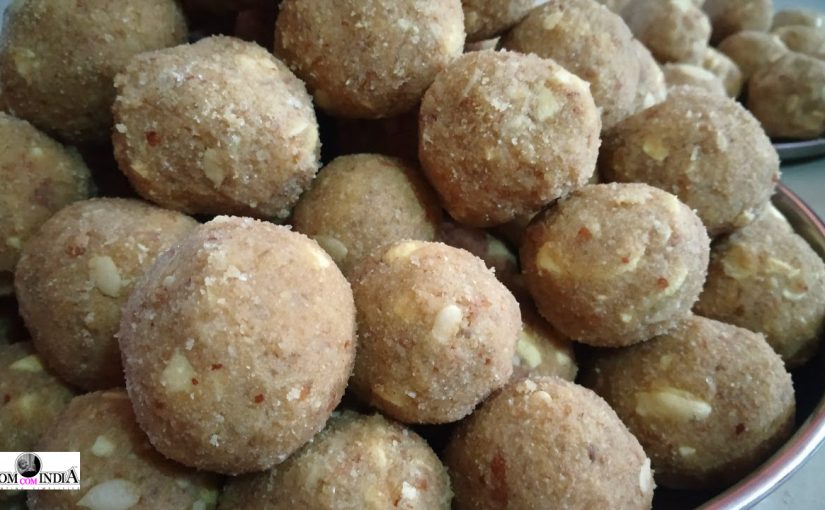The cold months bring in a nagging worry in most parents. As the temperatures drop, the concern of how to best protect the baby from cough, cold and winter dryness looms large in our minds. Addressing the winter woes with my first-hand experience of keeping Kabir safe during winters, I chose to divide this extensive topic into 3 parts- Skincare, Clothing and Immunity. This article is the first part of our Baby Winter Care series focusing on skincare for your baby.
Dryness, flaky skin, itching, rashes are some of the common concerns. The cold air strips off moisture from the baby’s skin, the heaters aggravating the problem, the sweat trapped in layers of clothing causing itching and rashes, the baby is left uncomfortable. While all these can be dealt with setting up a simple winter care routine, skincare is often looked at as a secondary topic. As parents it’s important for one to understand that the skin is the largest organ in the body and also the one that is most exposed to environmental conditions, making it the most susceptible to infections. Acknowledging it and maintaining a healthy skin routine for your baby, lets your little one enjoys the wondrous days of early childhood.
The baby skincare routine can broadly be divided into three parts;
Massage Routine
Unlike the common belief that one can skip baby’s daily massage, I firmly believe that everyday massage is a must. Massage increases the blood circulation and that in turn has multifold health benefits. Additionally, it is relaxing for the baby. However, there are some precautionary measures that need to be maintained during the winter massages-

a) One must massage a baby in a warm room. Heat up the room with the help of a heater or radiator, before undressing the baby. Ensure that door and windows to the room are closed, to avoid a cold draft of wind from affecting your baby. We gave Kabir a massage every day at 11- 11:30 am. Since our bedroom receives a lot of sunlight, we chose to set up a table at the spot where there was direct sunlight. The room temperature was between 28 degrees to 35 degrees. In case you find the bathroom too cold, you can turn on the hot water tap or hot shower in your bathroom, let the steam fill up and then give the baby a quick massage before giving it a bath. If your bathroom has enough space & centrally heated, set the baby massage station inside. That way you can massage, bathe and clothe the baby in the bathroom itself.
b) Winter massages need to be quick; winter massages should move from head to toe. 10- 15 mins of massage is good enough. In contrast to the summer massages, that are deliberate and detailed, winter massages need to be done swiftly.
c) The choice of oil is important. A warming oil is recommended for winters. We used Forest Essentials Almond Oil for Kabir’s winter massages. It’s non sticky and light, adding a healthy glow to the skin. You can also choose to apply mustard oil. A drop of almond/mustard oil around the navel helps too. However, this is only after the umbilical stump falls off naturally.
d) Warm up the oil to a lukewarm temperature before massaging the baby. Check the oil temperature to ascertain it’s not too hot or too cold.
Bath Routine
It is important to give a baby a bath everyday with lukewarm water. A bath washes away the sweat on a baby’s body, opening the pores. This makes the baby feel fresh and clean. The salient points to remember while giving the baby a bath is the following;

a) Winter baths should be quick. 5- 10 minutes is the ideal time. Even if the baby is enjoying in the water, do not let the baby take a longer bath. Prolonged baths dry up the skin far more than winter breeze.
b) Bathe the baby in lukewarm water. Water that is too hot would raise the baby’s body temperature. After the bath, the contrast in the baby’s body temperature and the ambient temperature, would immediately make the baby catch a cold. Dip your elbow or wrist in the water to ascertain the temperature.
c) Before undressing the child for both massage and bath, keep all the things that you would need during and post it, near your reach. Towel, Moisturizer, diaper, rash cream, clothes etc.
d) If it’s very cold, instead of giving a bath, give the baby a sponge. Dip the towel into lukewarm water, wring it and then wipe the baby quickly with the damp cloth. Especially at the places where the body sweats the most like neck, back of the neck, armpits, diaper area and behind the legs.
e) Invest in good products. For Kabir we use Sebamed Baby Wash Extra Soft (for face & body), and Johnson Top to Toe Baby Wash & Shampoo (for body & hair).
Moisturising Routine
Winters dry up the skin. Babies get dehydrated easily. In winters babies hardly drink water. The breast-fed babies, especially have a tendency to get dehydrated as well. The skin is the first to loose moisture when one is dehydrated. Hence, moisturizing is important. The key points of moisturizing are-
 a) Moisturize 3-4 times a day. After bath, before sleeping at night and at any other time of the day as per your preference.
a) Moisturize 3-4 times a day. After bath, before sleeping at night and at any other time of the day as per your preference.
b) Apply moisturizer to damp skin. Immediately after the bath is ideal. For other times of the day, wipe the baby with a damp washcloth (dipped in Lukewarm water) and then apply the moisturizer. A moisturizer gets absorbed into the skin only if the skin is damp.
c) For dry lips, apply breast milk on baby’s lips. It’s incredibly nourishing and moisturising. Express a bit of milk and use it to moisturize. Also, it’s absolutely safe in case the milk goes into the baby’s mouth.
d) Products- For Kabir we used Aveeno Baby Daily Lotion & Shea Butter in winters. It’s nourishing and made his skin glow.
This routine though looks exhaustive, hardly takes 20 mins in a day. Your baby will feel refreshed as a result. Also sweat breeds bacteria, that this daily routine would prevent. I have this content in a video format as well, should you want to revisit it (link). Do read the next parts of our winter care to know about clothing and immunity.
I cherish your comments and feedbacks. MomComIndia is available on Facebook, Twitter, Instagram, YouTube and our website. I love to interact with parents and caregivers on all the platforms. The endeavor from the start has been to build a community that supports and shares the parenting journey. Enjoy simplified parenting.
♥♥ सरदियों में बेबी की त्वचा का ध्यान कैसे रखें | इस आर्टिकल में इस बारे में बताया गया है | इस आर्टिकल की जानकारी हिंदी में पाने के लिए नीचे दिए वीडियो को देखें ►
Must-read articles for new mothers:
A Must Have List for New Mommies | For a Smooth Postpartum Journey
Weight Loss After Delivery | How To Lose Weight After Delivery
Diet Chart For Breastfeeding Mothers: Perfect Meal Plan For Indian Mothers












 This activity also helps relieve any gas formation and bloating, hugely relaxing them. ‘Tummy Time’ not only relieves stomach issues, but also helps with the shape of the head. A new born is constantly on his back for most part of the day, by doing this, it helps in forming the right shape of the head, as well as relaxes the pressures on head avoiding a flat head. It is usually suggested that we move their head from side to side and this activity guarantees an all-round physical development of the baby. Be gentle with your baby while moving its neck. Better still if you move around the room and let the baby move its neck, trying to keep you in its line of sight.
This activity also helps relieve any gas formation and bloating, hugely relaxing them. ‘Tummy Time’ not only relieves stomach issues, but also helps with the shape of the head. A new born is constantly on his back for most part of the day, by doing this, it helps in forming the right shape of the head, as well as relaxes the pressures on head avoiding a flat head. It is usually suggested that we move their head from side to side and this activity guarantees an all-round physical development of the baby. Be gentle with your baby while moving its neck. Better still if you move around the room and let the baby move its neck, trying to keep you in its line of sight. This can be done till they either turn 4 to 5 moths old or they learn to roll over. Once they cross the milestone of rolling over, they will automatically continue doing this and further continue to like it. They feel things are more visible and try to reach them, colours and different things will continue to catch their fancy.
This can be done till they either turn 4 to 5 moths old or they learn to roll over. Once they cross the milestone of rolling over, they will automatically continue doing this and further continue to like it. They feel things are more visible and try to reach them, colours and different things will continue to catch their fancy.